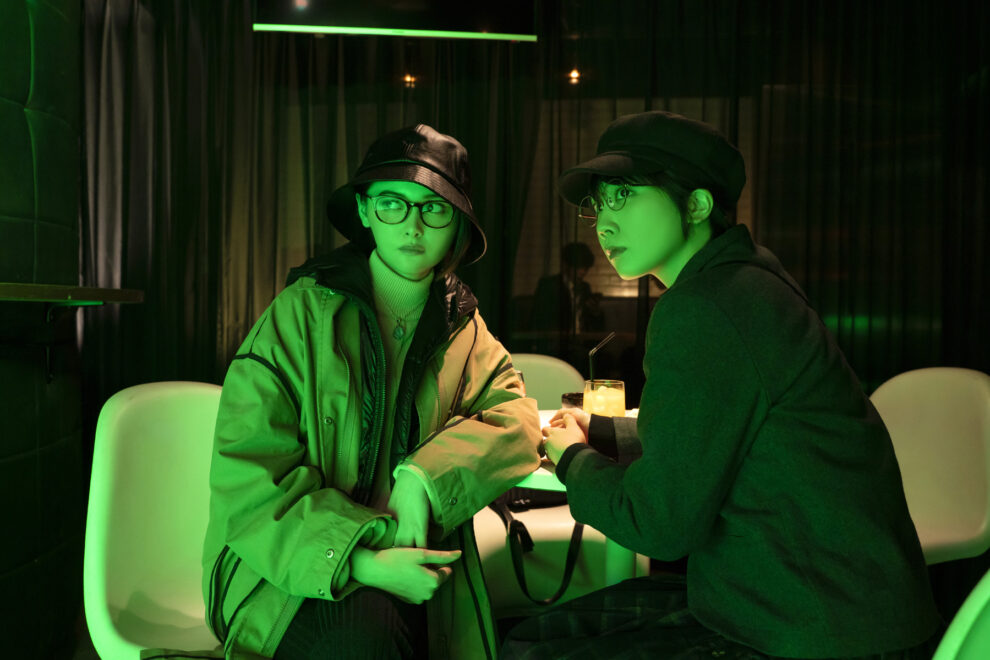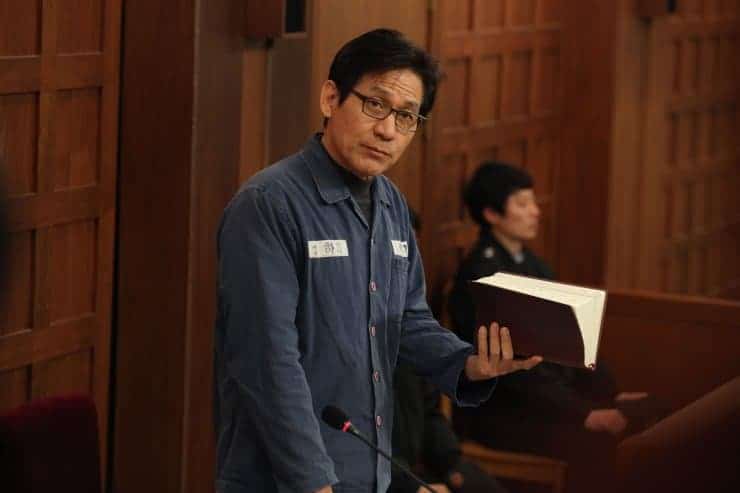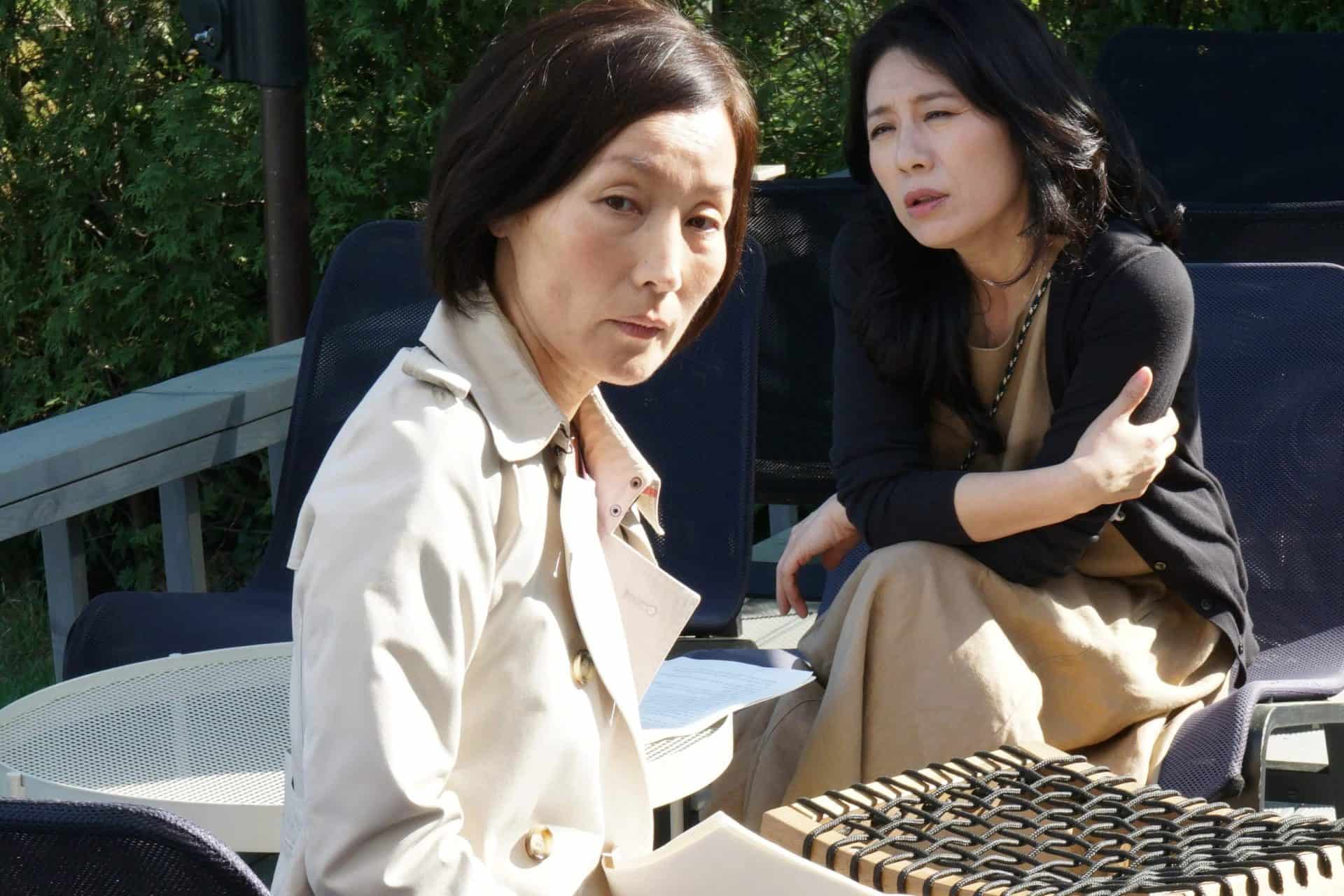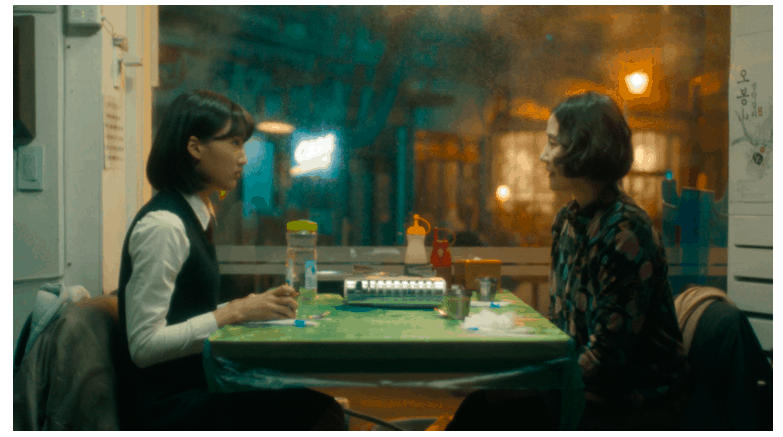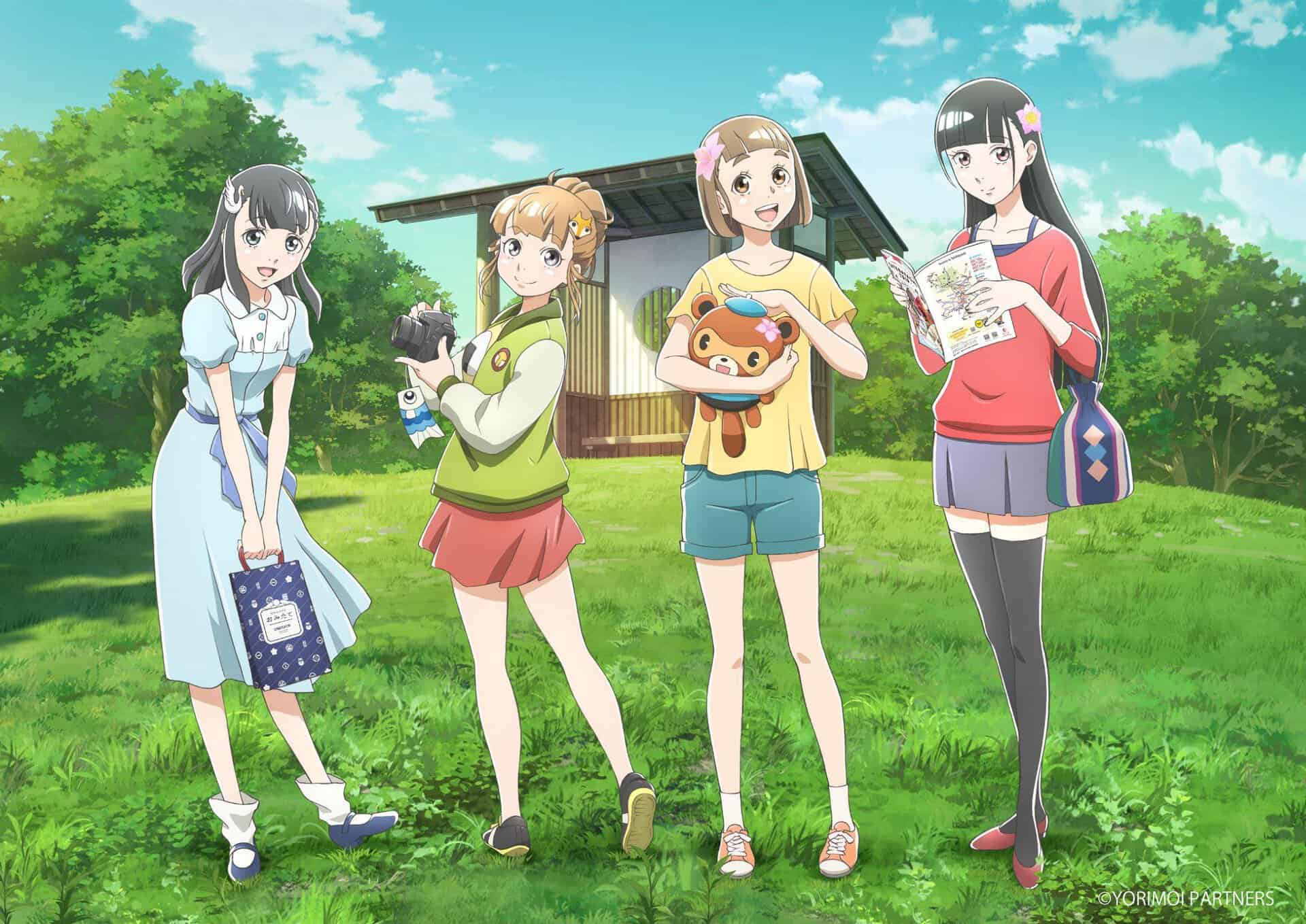Remake of Pang Ho-Cheung's 2004 movie “Beyond Our Ken”, “Thorns of Beauty” is a story about an unlikely erotic triangle, which has been adapted in a Japanese setting by Hideo Jojo, who is in charge of both the direction and the script (along Kaori Sawai). The movie opened in Japan in January and now finds its place in Nippon Connection.
Thorns of Beauty is screening at Nippon Connection
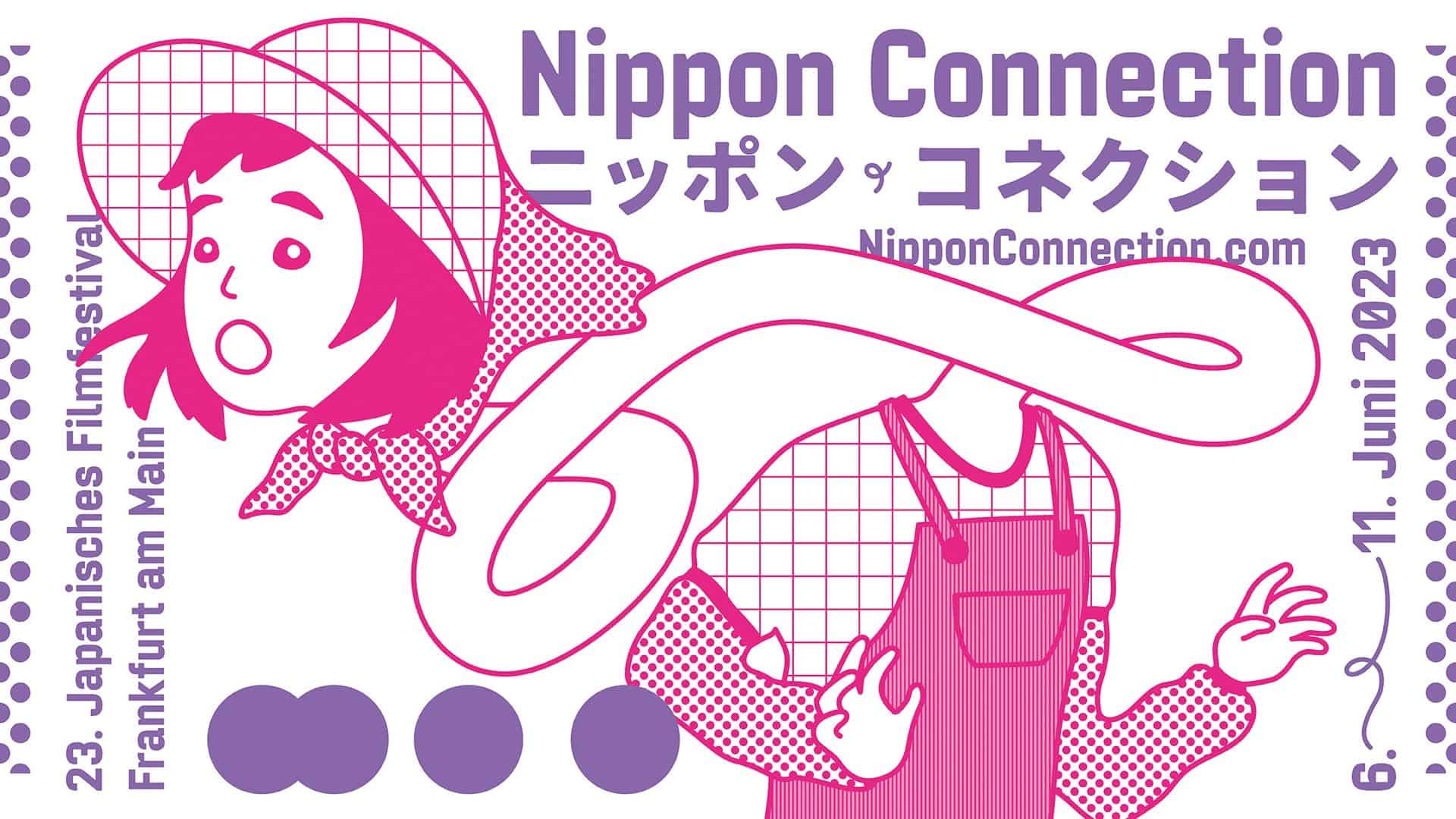
24-year-old Momo is a timid young woman who works in a public library. She was recently dumped by her fashion photographer boyfriend Kentaro, but is still worried about some explicit photos he took of her and never returned. One day, she has a chance encounter with his new girlfriend Riko, and decides to approach her and ask her help to delete the photos. Riko, an aspiring dancer who doubles as a barwoman, is initially suspicious of the “nerdy” girl that essentially stalked her, but eventually changes her mind. As their efforts to achieve their goal become more complicated than they expected, the girls start to become friends.
There is something strange that is going on with Hideo Jojo's story, and that is evident from the beginning. Riko is a gorgeous dancer while Kentaro is surrounded by fashion models of equal beauty. Thus, him having someone as Momo as his ex-girlfriend seems somewhat unlikely, in an aspect though, that is eventually dismissed as part of artistic freedom, or as a wink towards some kind of feminist notion. It is however, a mystery which actually retains an atmosphere of confusion regarding the past, which actually works quite well for the movie.
Check this article also
The second aspect that works really well is the antithetical chemistry between the two protagonists, who could not be any different in terms of appearance, attitude, and in general, stance towards life. The fact that they become good friends is as entertaining as possible, but also a ‘girl-power' element since what connects them, initially at least, is the behavior of a man (a number of men actually) who behaved appallingly towards them, even if none of them ever actually reaches the level of ‘sexual predator'. This last aspect, of portraying Kentaro as a man with issues that occasionally exploits women, but also someone who takes care of his elderly grandmother by having her stay in his apartment, points towards the latest trend in cinema, of gray areas (that no one is genuinely good or evil) but also detracts a bit from the impact the film would have with a true villain.
Furthermore, and despite its initial premises of a title that could be an erotic revenge movie, “Thorns of Beauty” is eventually revealed as more of an art-house film about the relationship of two girls, to the point that some of the other aspects, as the effort to break in Kentaro's apartment, become tedious and actually disconnected after a fashion. The very finale, despite a somewhat appealing twist, also moves into the same direction, with these two particular issues reducing the impact the title could have otherwise.
On the other hand, everything else seems to be working for the movie. The antithetical chemistry between the two protagonists is excellent, with Honoka Matsumoto's nerdiness as Momo and Tina Tamashiro's ‘star' attitude as RIko working brilliantly against each other. The fact that these are two girls that would never become friends in school for example, but find common ground due to the overall attitude of men is one of the main comments of the movie, and the way the two open up and bond with each other highlights it in the best fashion. The humor, as mirrored in the attitude of the grandmother is also handled well, with Kazuko Shirakawa being rather amusing in the role. Lastly, a comment about the fashion world, even if brief and somewhat disconnected, does resonate in the end.
DP Masaki Watanabe captures the various settings the story takes place in with realism, either in clubs, cinemas, or the apartment, with his mid-length shots working well in the way they allow the two protagonists to shine. The various voyeuristic scenes are also well handled in an overall excellent job. The editing results in a quirky mid-tempo that works well for the aesthetics of the movie, while the flashbacks are well placed within the main story, and the occasional presence of the current-time protagonists in the past sequences adds another element of amusement.
“Thorns of Beauty” has its issues regarding the script, particularly since some of the questions raised are never answered, but in general, emerges as an entertaining comedy/drama that also manages not to overstay its welcome, at 98 minutes. In the end, the comments about relationships and the performances of the two protagonists are reason enough for someone to watch the movie.


